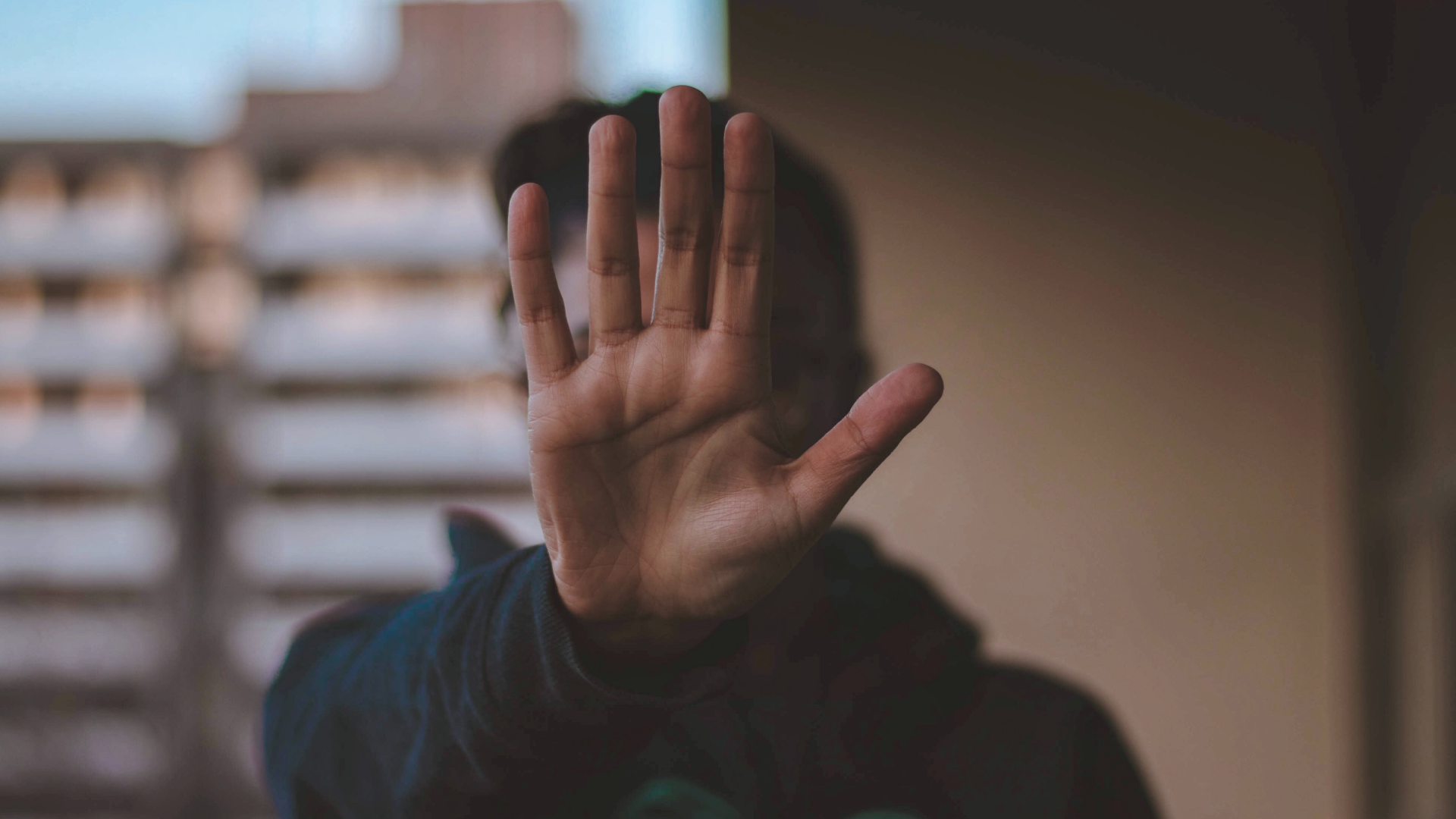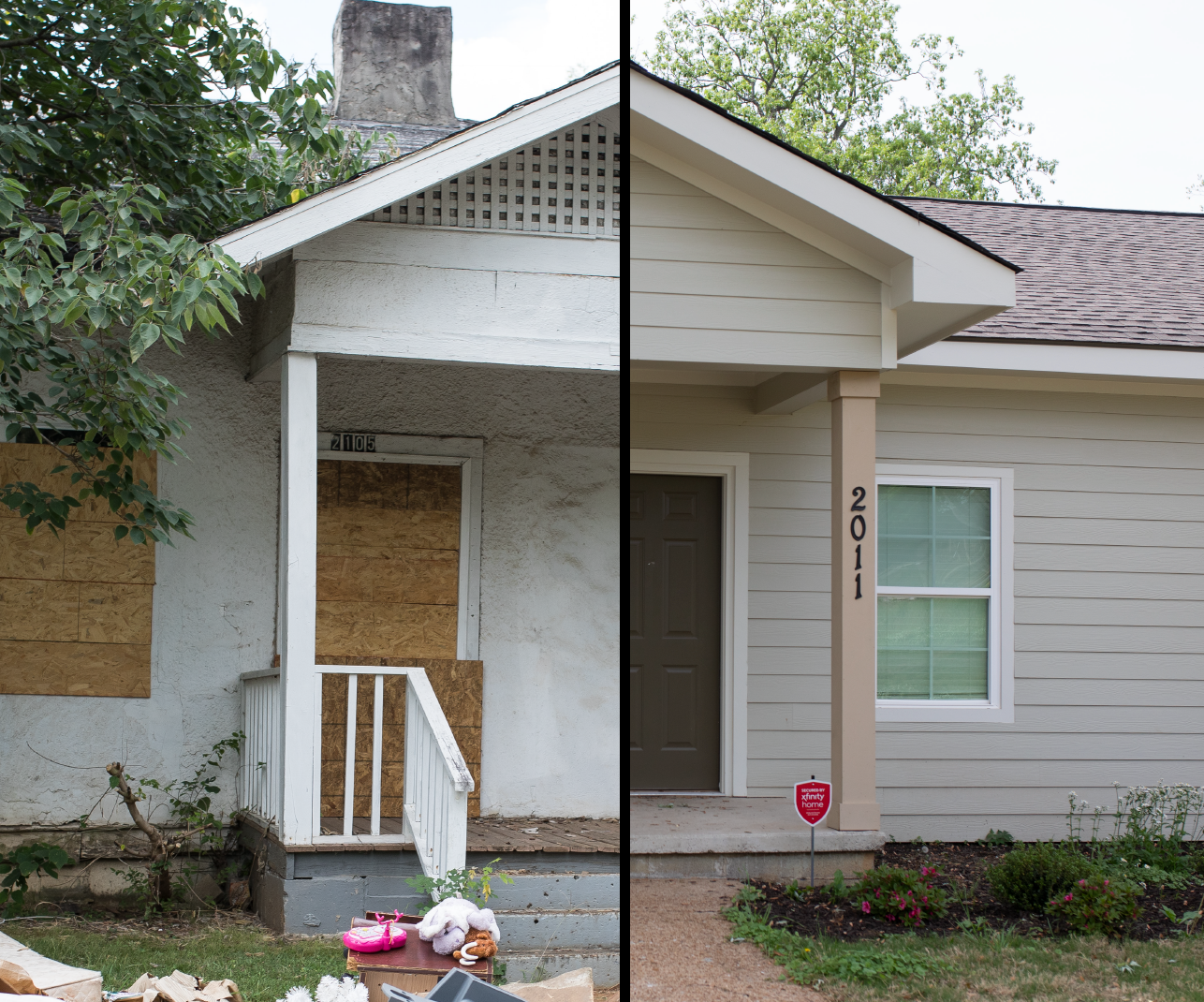Please Stop Donating to the Worst Charity in America: There Are Better Ways to Help
Nathan Mayo
Network Director
Read more from Nathan
A version of this article was originally published in The American Spectator on February 25, 2022.
Be on the lookout for this postcard in your mailbox: “Our charity guarantees that 35 percent of your donations will provide toxic chemicals to the down and out. Your crucial support enables the mentally ill to isolate themselves from people who care about them and spiral into irreversible mental and physical destruction. We can’t do it without you. Give today! (Please note that we can only accept cash to avoid all accountability to supporters and the IRS).”
As hard as it is to believe, this is a real “charity.” While they tend to rely on word-of-mouth and signage rather than mailers, they do have affiliates in all 50 states. They receive both public and private funding. As many as 68 percent of Americans donate to them annually, and the national and local government supports this cause with everything from cash to “safe smoking kits.”
The sad irony is that many Americans who were outraged by news that the government is funding crack pipes and needles for drug abuse have been personally donating toward the crack and meth to fill them. (The HHS later denied the pipes but confirmed the needles.)
I’m talking, of course, about giving cash to panhandlers. There has been a fair deal of research about panhandlers, and we know a lot about them as a group. According to a representative study from Orlando, 92 percent admit to being addicted to drugs and alcohol. They self-report spending no less than 35 percent of the money they receive directly on their addictions. Panhandling typically yields more cash than minimum wage (tax free) in addition to in-kind donations and government benefits.
Individual Americans are just following the lead of their elected officials. Major U.S. cities such as San Francisco have taken subsidizing a life on the streets to the next level with “safe sleeping villages” that cost a jaw-dropping $61,000 per tent, per year. Prior to the pandemic, New York City doubled annual spending on homelessness from 2014 to 2019. The result? Homelessness rose by 16 percent.
The actions of kind-hearted donors and politicians both fail because they ignore root causes.
Individuals who spend their days asking for money almost always suffer from a broken personal support structure. If they had friends or family with whom they could stay while they got back on their feet, they would. Perhaps this is why 80 to 90 percent of panhandlers are men. Men aren’t more vulnerable to hard times than women, but they are more susceptible to both addiction and severing relationships.
While panhandlers are mostly homeless, it is important to note that most homeless people aren’t panhandlers. Most people in temporary emergencies do not ask for money on street corners. Four out of five homeless people are in a temporary situation that they eventually work through. The people left on the streets with the signs are the chronically homeless with mental illness (30 percent) and severe addictions.
Regardless of these trends, there is some logic to giving them cash. The basic economic view is that individuals know better than outsiders how to use resources to improve their own situation. If those resources happen to be alcohol or opiates to self-medicate, who are we to protest? In possible evidence of this view, unconditional cash transfers to people in developing countries have been shown to improve their quality of life in measurable ways.
The problem with this logic is that while cash will likely help a random sample of Americans or Kenyans with reasonable amounts of social support, panhandlers are not a random sample of the population. As outlined above, they are dramatically more likely to have addictions, traumatic pasts, and severe mental illness. Intoxication, withdrawal, trauma, mental illness, and extreme poverty each have severely negative effects on people’s ability to make choices they won’t deeply regret the next morning.
Even for the best decision-makers, small amounts of cash and $61,000 tents don’t provide the real opportunity a panhandler needs. It’s hard to save up enough money to get ahead while living out of a backpack. Given this bleak outlook, it’s no wonder that some will choose to spend the pocket change kind strangers give them to join the 100,000 Americans who died from drug overdoses last year.
So don’t stop giving, but give in a way that creates real options. Freely offer them what money can’t buy and what every human needs — meaningful relationships.
Relationships with people who care about them provide both the motivation and the opportunities struggling individuals need to achieve a flourishing life. It may not be possible for every passerby to befriend a person with a sign, but you can support real charities with caseworkers and volunteers that do. Good nonprofits help with mental health, addiction recovery, and stabilizing families. They provide emergency shelter, housing with supportive communities, and work-readiness training. In other words, they provide a path off the streets, not just a way to eke out one more dismal day.
Make no mistake, panhandlers are not living the good life at the expense of uninformed people. Living on the streets is a uniquely lonely, dangerous, and degrading misery. Indeed, panhandlers are living a terrible life at the expense of ignorant people. Stop subsidizing misery and facilitate flourishing instead.




